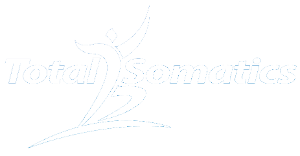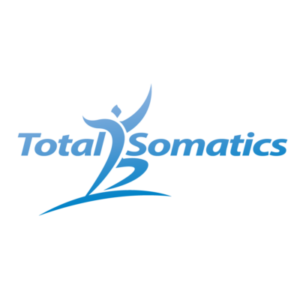Somatics, brain plasticity and visualisation
Today’s blog will consider how we can use neuroplasticity to work in harmony with our somatic movements and visualisation.
If you attend my classes either in person or through the Mindfulness with Total Somatics online programs, you will know that I often discuss these three subjects and highlight how we actively work on them everyday.
Sometimes when we are new to somatics, want to create differentiation to the brain (eg, change the speed of our movements) or suffer with chronic pain, I will discuss how we can create micro movements with our practice. I will also encourage clients to try visualisation before they actually perform a particular sequence. If the client has very limited movement, visualisation maybe all they can do for a while before introducing micro movements.
Does visualisation really work? Is it a fad or a ‘new age’ concept?
Visualisation is scientifically proven to work thanks to research into neuroscience. Visualisation is a practice that elite sports people practise on a very regular basis. Your subconscious mind does not know the difference between perceived or actual, real life situations. So when a sports person mentally rehearses the race track, hurdles, choreography or diving routine thousands of times in their mind, when they actually come to do the event, the brain has been wired perfectly to deal with this situation and they are able to perform it physically.
The chief researcher of Harvard Medical school, Alvaro Pascual-Leone discovered back in the early 1990s how mental practice or visualisation created amazing effects on the plasticity of the brain.
Pascual-Leone taught two groups of people who had never played the piano to practice a sequence of notes. He taught them which fingers to move and also allowed them to hear the notes as they played the piano. He split the two groups up. He had one group that were known as ‘the mental practice group’ and the second group were the ‘physical practice group.’
The ‘mental practice group’ sat in front of the electric piano keyboard for two hours each day for five days. They had to visualise playing the piano and hearing the tune.
The ‘physical practice group’ actually rehearsed on the piano for the same amount of time as the other group.
Before the experiment both groups had their brains mapped and then each day during their practice and afterward to see how their results differed. When they were asked to play the sequence they were taught, they used computers to plot the accuracy of their performances. The results were amazing!
The brain maps with subjects in both groups were very similar. The visualisation or ‘mental practice’ group produced the same physical changes to the motor system of the brain as the ones that actually learned to play the piano physically. The plasticity of the brain revealed that by day 5, the changes in the motor signals to the muscles were identical in both groups. By the third day the brain map of the visualisation group was exactly the same as the physical group. Pascual-Leone noted that there was a clear difference in the performance of the visualisation group compared to

the physical group. The ones that actually practised on the piano were more confident and comfortable with the keyboard. But Pascual-Leone noted that when he taught the visualisation group for an additional two hours on how to play the piano after having their 5 days of mental practice, their overall performance was on par with the physical group after their 5 days of practice.
He concluded that neuroplasticity is very powerful and the use of mental practice or visualisation is an effective way to prepare for learning a physical skill with minimal physical practice.
So from this example and the many more studies that have been or continue to be performed to highlight the amazing capacity of our brain, we know that we should incorporate visualisation. I will also refer to visualisation in my teachings as mental practice or motor planning. No matter where you are with your personal Somatics practice, maybe you have been doing it for years or only a few weeks, please incorporate visualisation into your practice.
If you are apprehensive about moving an injured or painful limb, motor plan the sequence over and over. Allow the motor portion of your brain to map this movement out. Remember Somatics is ‘cortical learning’ and so we are changing the way the brain communicates with the body. Remember don’t put pressure on yourself to have huge movement within a certain time frame. This pressure will put additional stress on you and have you continue to live in your dominant subconscious postural reflex which you are trying to change. Don’t focus on an end date, instead just focus on changing the long term behaviour and connection between your brain and body so you can reduce pain and move freely. Then you will find you can return to the activities you love to do and enjoy a great quality of life.
 Mindfulness with Total Somatics is available online. You can learn about Somatics and how it changes your brain and body communication for the better with the online tutorials. There are instructional videos and tailored sessions for you to follow in the comfort of your own home. Start working SMARTER not HARDER with your mind and body.
Mindfulness with Total Somatics is available online. You can learn about Somatics and how it changes your brain and body communication for the better with the online tutorials. There are instructional videos and tailored sessions for you to follow in the comfort of your own home. Start working SMARTER not HARDER with your mind and body.
See you on the Mindfulness with Total Somatics online programs.












Leave a Reply